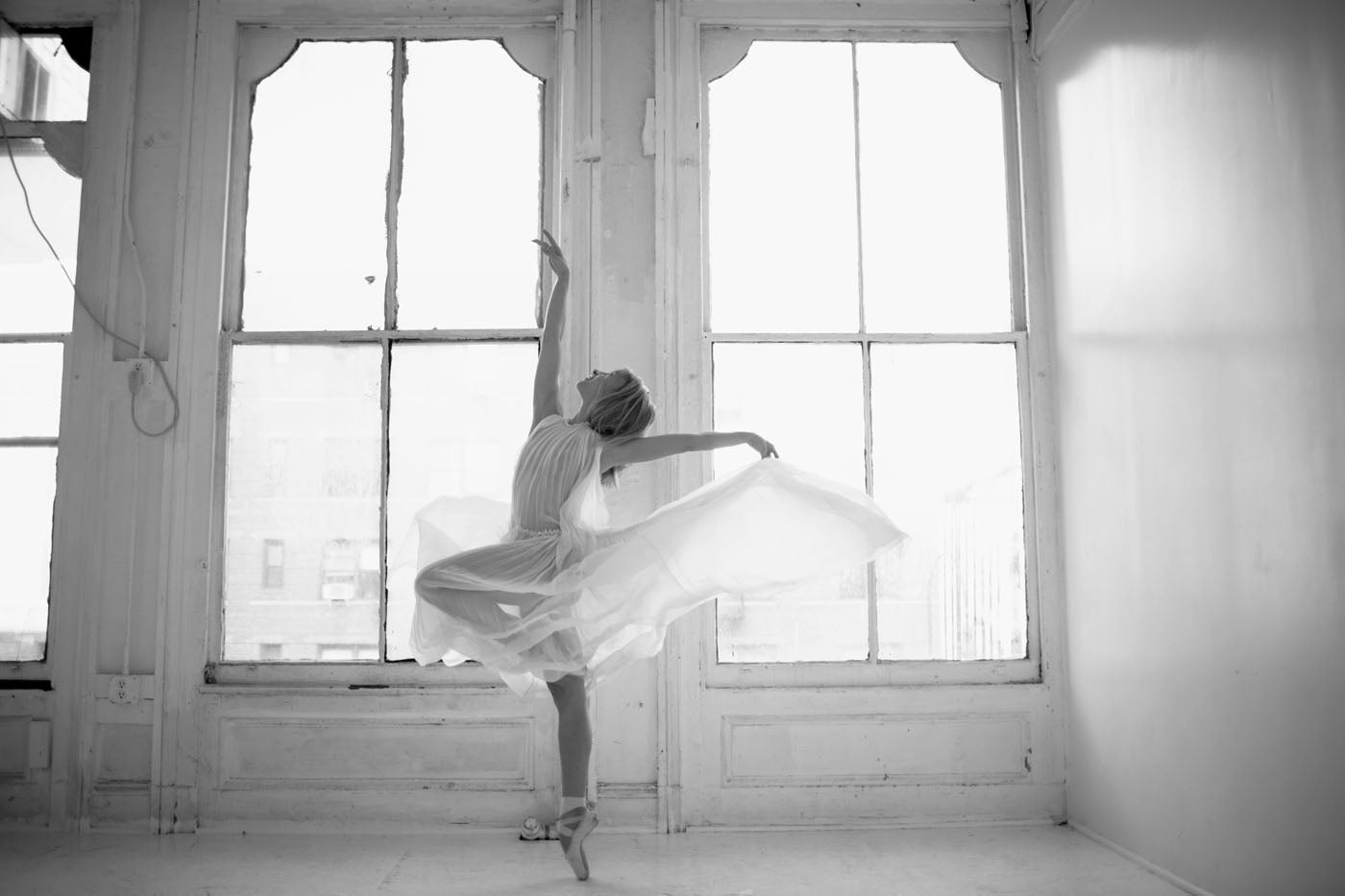Murder Ballades & Other Dances
Long before statistics and news, murder ballads were a staple of European folk songs and traveled here with immigrants. Dylan, Joan Baez and a lot of Appalachian singers sung them. One of the most famous in the 1950s was “Tom Dooley.” But I remember hearing somewhere along the way, “Oh, listen to my story, I'll tell you no lies, How John Lewis did murder poor little Omie Wise.” It’s the folktale of the early 19th Century murder of Naomi Wise. You can hear the tune and others deconstructed in Bryce Dessner’s original score, Murder Ballades, recorded by Eighth Blackbird. Resident...
Plus













